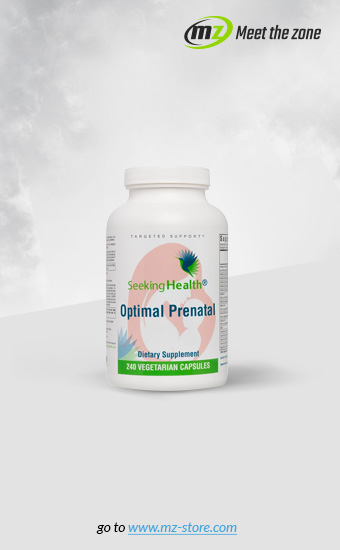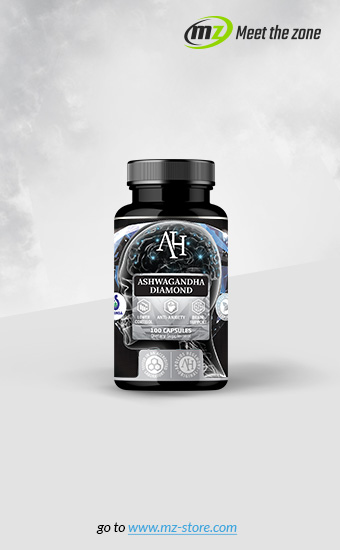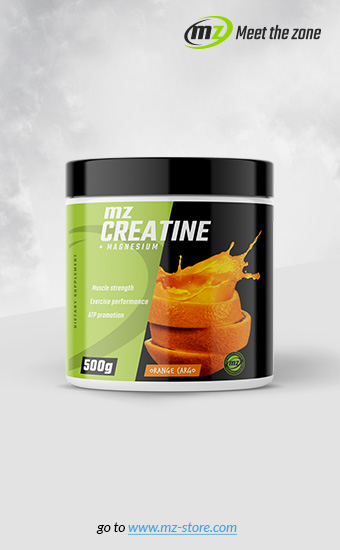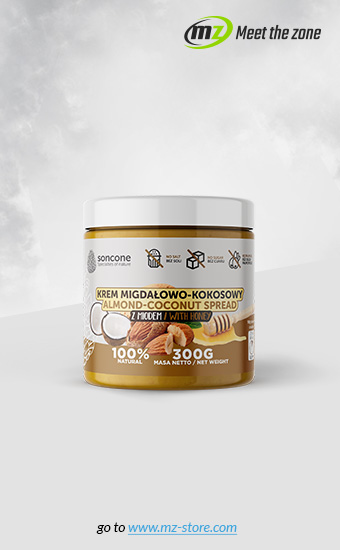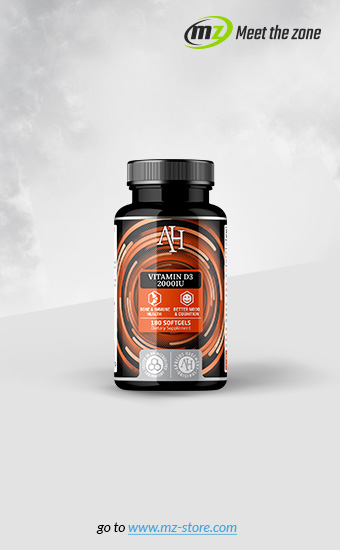Although glycerol has been used for support more than half a century ago, today's interest in this compound is returning, so - more often - we find it in the recipes of modern athlete nutrition. In the middle of the last century it was used by heavy weight lifters, in the last two decades - long-haul runners, and now – it’s again recommended for strength training representatives. This introduces some confusion and generates in your head the questions addressed to me, absolutely needing a straight answer; why do people that train their strength need - glycerol?
Marathon runners’ salvation
In all endurance training - the body's exercise capacity is mainly determined by hydration. With the loss of every percent of water - the long distance trainees lose 10% of exercise capacity, but - when it loses more than 4% of precious fluid (some sources say about 6) – it’s impossible to continue working. (I do not get into this because this has been widely and frequently discussed - both by me and other sources - in numerous publications on water and isotonic.) We know that dehydration can be partially prevented by using isotonic drinks; with appropriately balanced solutions of carbohydrates and electrolytes. As it turns out, these drinks do not cope adequately with the current hydration of the body, during very long endurance trainings, which are additionally, for example, in high ambient temperatures. On the contrary, much higher efficiency is demonstrated here - as demonstrated by science and practice - five percent glycerol solutions...
Glycerol has very interesting physicochemical properties, which can manifest it, thanks to equally interesting features of water itself. It’s built of short carbon chain and three alcoholic (hydroxyl) groups. While its carbon chain is lipophilic (hydrophilic) - otherwise - hydrophobic (water-repellent) and "side" from water, alcoholic groups - hydrophilic (hydrophilic) and "pull" towards water. Water, on the other hand, is unique in that it retains certain features of its crystal (even in liquid state). So when it encounters a molecule similar to glycerol, it surrounds itself with its molecules and forms an ordered grid - something like a crystalline structure. Because such "liquid crystals" can be monstrous, glycerol is used to hold large amounts of water in the body. This phenomenon, called hyperhydration, helps long distance keepers maintain high exercise capacity during long-lasting endurance exercises performed in particularly unfavourable environmental conditions.
Water and mass
If you think that the mass of your muscles is predominantly protein - you are wrong! ... More than 80% of their mass - is water!!! Each protein has a complex spatial structure, shaped - thanks to the unique characteristics of water.
Proper hydration of muscle cells is not only important for their size, but also for the functions they perform, the contraction of the fibrils and the generation of power pulses. Strength workers therefore used glycerol more than half a century ago because they knew it was increasing the shrinkage of muscle fibrils. Proper hydration is of particular importance for proteins that exert a contraction force beyond the muscle cells and transmit it to the tendons and joints - for dystrophin and proteoglycans. In order not to result in complicated details of biophysical issues, I will describe this mechanism by pictorial example.
Every one of us played soccer or volleyball in their youth, and some of us still do. Anyone who has ever had contact with the ball knows - how a deflated ball behaves, and how - inflated... When we kick a deflated ball, it will roll a little bill and have almost no force. When - while - we kick a ball inflated to its limits, it will rise up and with such impetus will hit the goal that almost does not grip the net, if - of course - we don’t miss. We see that the force transmitted by the inflated ball is much larger than it is when it’s flabby. Likewise - much more of the force is transmitted by the hydrated (inflated) muscle cells.
Glycerol also increases the volume of circulating blood and promotes better stamping of working muscles. You do not have to remind anyone that it is the blood that brings oxygen to the muscle tissue, creatine, anabolic hormones, energy and building blocks, and all metabolically active compounds. The most interesting thing - glycerol not only improves their transport by increasing blood volume, but at the same time - facilitates their penetration into the muscle cells, because - due to the double hydrophilic-lipophilic character - reduces the surface tension at the lipid phase of cell membranes. For example, in the process of "pumping" oxygen from blood cells (erythrocytes) into muscle cells - it is glycerol that plays a key role. And even to the extent that - without its participation - this process does not take place at all!!!
Glycerol as an anabolic
Glycerol is an excellent energy source, just as efficiently burned and as energy efficient as sugar. (Glycerol itself is also a simple sugar - triosis.) It does not raise glucose levels like most carbohydrates, because - although it can be converted into it - it is a relatively slow process. It also does not stimulate significant insulin release, like glucose, so it also does not pose a danger of "glycaemic swing". And let's remind ourselves that the phenomenon of sudden rise in blood glucose levels is just as sudden as it is, and it is adversely affected by the quality of the effort and limits the use of pure glucose or normal sugar in exercise support during training and competitions.
However, the characteristics of good energetics are not so great for the development of muscle mass; Here are more important glycerol properties ... Imagine that glycerol acts anabolically, almost the same way as creatine. We may even risk the statement that, in a sense, it is analogous to it. We remember that creatine - as phosphocreatine - spreads phosphate-mediated cellular processes, such as muscle fibrillation, signalling from anabolic hormones to muscle protein synthesis, and all phases of the synthesis of these proteins. But we must know that - in a similar way - phosphate radicals can also produce glycerol, in the form of phospho-creatine-like phosphate-rich phosphate, called bisphosphonate.
The person who read this text carefully probably already knows the answer to the question; why do those training strength need - glycerol?
However,in modern creatine stacks, glycerol appears most often as advanced compounds - glyceryl monostearate or magnesium glycerophosphate. This is not a mere accident, as these compounds are distinguished by a much wider spectrum of ergogenic and anabolic action. But this is another and longer story that I will gladly tell you - but next time.

